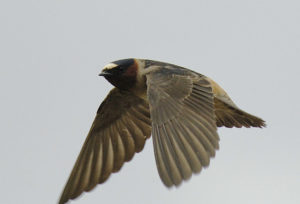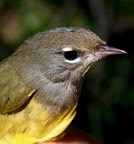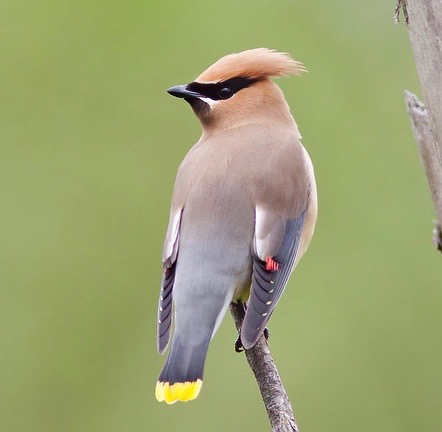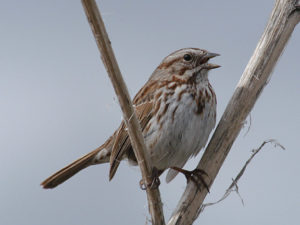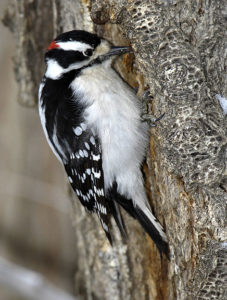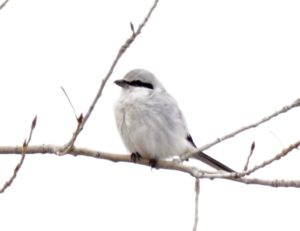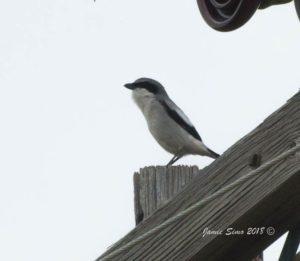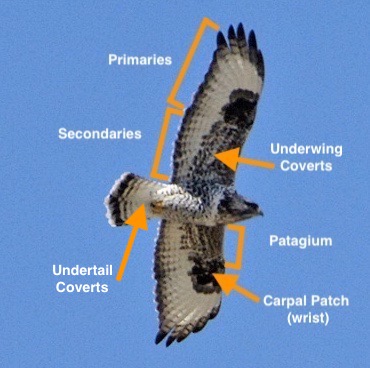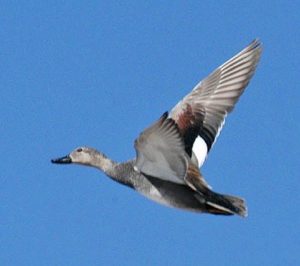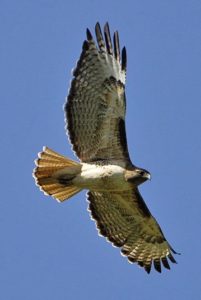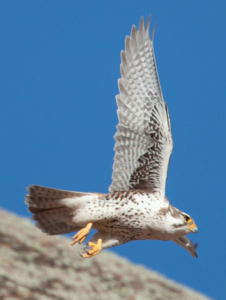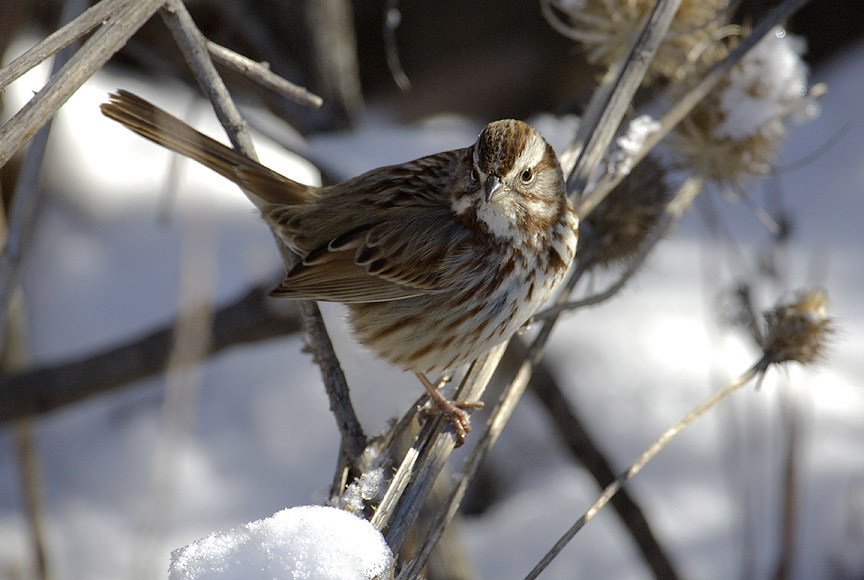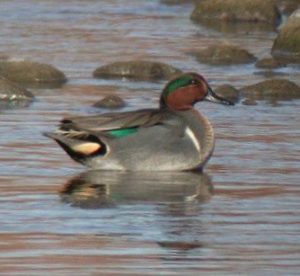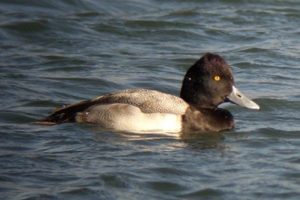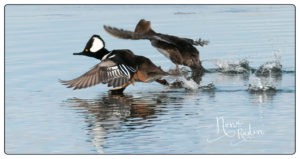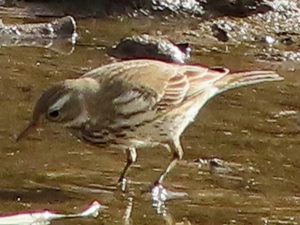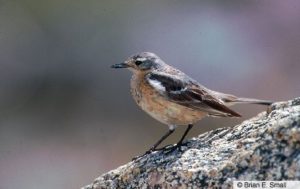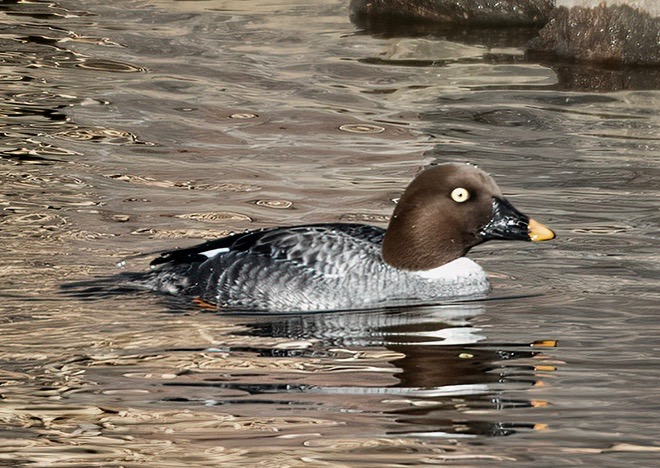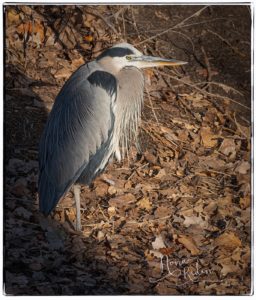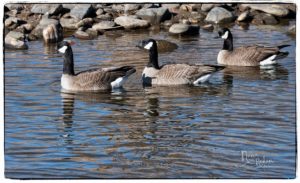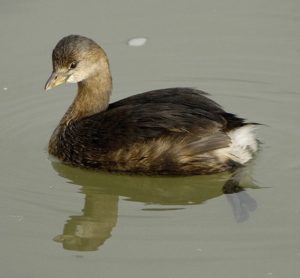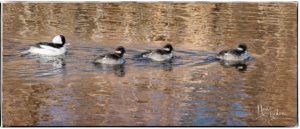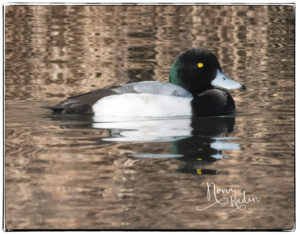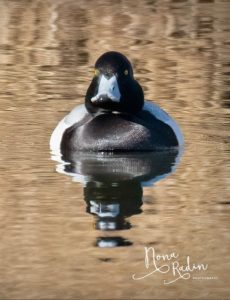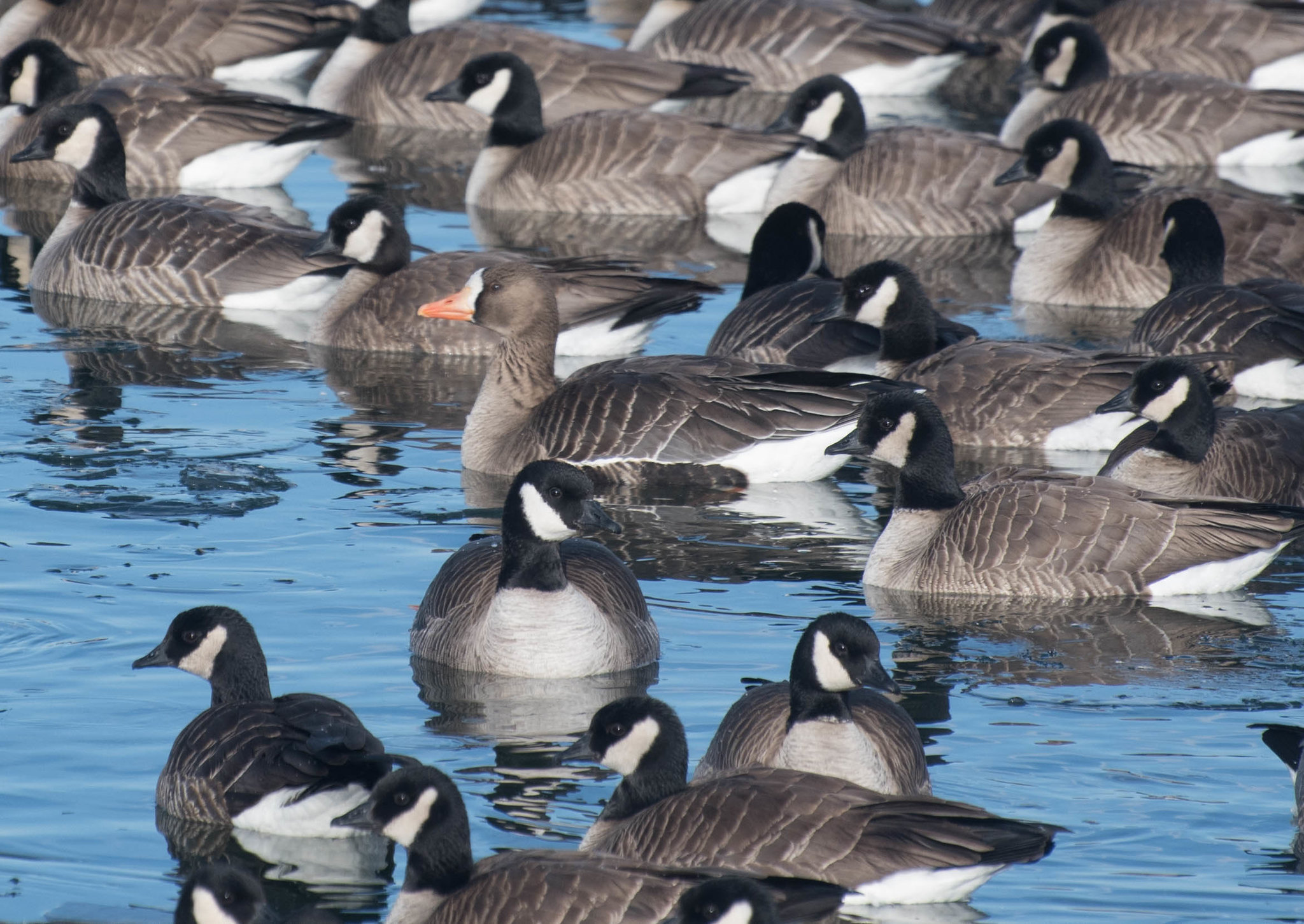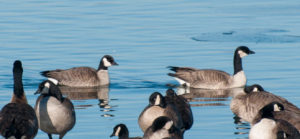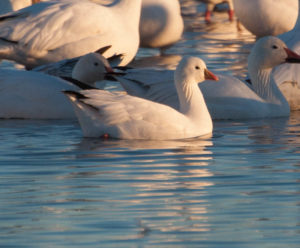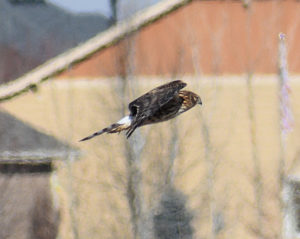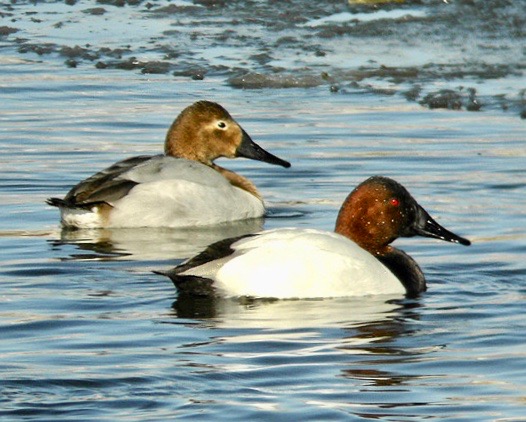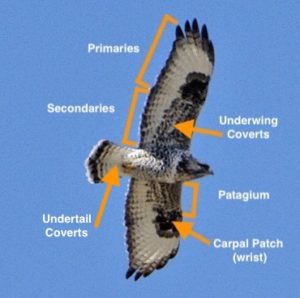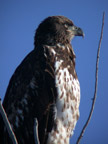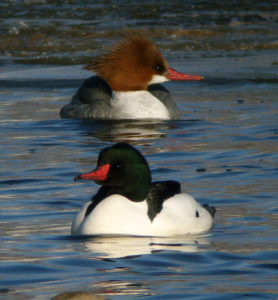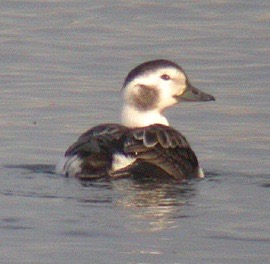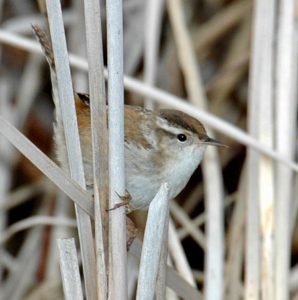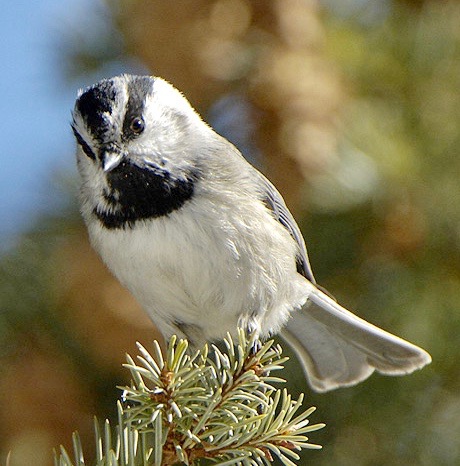
One of the best things about the Meyer Ranch area is that it sits at the headwaters of South Turkey Creek where there is a vast sub-irrigated meadow that gradually forms a small stream bordered by willows and alders. There are parts of this area that actually form wetlands where there are cattails. This combo of wet-meadow, cattails, and riparian vegetation can be great for certain birds including: Mallard, Spotted Sandpiper, Wilson’s Snipe, Savannah Sparrow, Song Sparrow, Lincoln’s Sparrow, Red-winged Blackbird, Yellow Warbler, and MacGillivray’s Warbler. And, then moving up into the drier portions of the meadow there can be Broad-tailed Hummingbird, Mountain Bluebird, and Lark Sparrow. The sky above all this can often have a good variety of swallow species.
This past Saturday we got a bit of a flavor of this diversity of birds, but the meadow is drier than it has been in years past, and numbers were down a bit. Also, the Colorado Department of Transportation (CDOT) in anticipation of possible repairs to the US-285 overpass continues to remove partially built Cliff Swallow nests so that the swallows cannot actually get to the point of laying eggs. The point of this is that disturbing an active nest is against the law, and CDOT cannot do repairs in an area with active nests. The bad part of this is that they don’t really know when a bridge may need repairs, so they just remove the partially built nests in an attempt, from their perspective, to be proactive. As a result, on Saturday we were treated to only one Cliff Swallow. In the years 2016, 2017, and 2018, years in which the nests were undisturbed, the Front Range Birding Company recorded 40, 35, and 60 Cliff Swallows, respectively.
So, what else did we see? Highlights included recently fledged Downy Woodpecker (red on top of the head), American Crow (juvenile being fed), Mountain Chickadee (fluffy and doofy), Chipping Sparrow (stripey), and Brown-headed Cowbird (Baby Huey, because they can be huge compared to their parasitized host). This last one can provide a good identification challenge, and we got great looks from less than ten feet away and it still was a stumper for most everybody.
Perhaps the best bird of the morning was a single male MacGillvray’s Warbler. The preferred habitat for these guys is a thick tangle of understory shrubs, often along drainages, but they will set up shop in drier areas where there is sufficient thick foliage. They also seem to need some sort of overstory of taller shrubs or trees. The fact that they are skulkers within this preferred habitat tends to make getting a good look a definite challenge. However, once you get that good look, you’ll become a real Mac Warbler fan for life, as they are exceedingly handsome. We were very fortunate in getting a reasonably good look at our guy.
Good birding!
Chuck
Meyer Ranch Open Space, July 11, 2020
34 species
Mourning Dove 1
Broad-tailed Hummingbird 9
Red-tailed Hawk 1
Downy Woodpecker 3
Hairy Woodpecker (Rocky Mts.) 2
Cordilleran Flycatcher 2
Warbling Vireo 2
American Crow 5
Common Raven 5
Mountain Chickadee 10
Tree Swallow 6
Violet-green Swallow 2
Barn Swallow 1
Cliff Swallow 1
Ruby-crowned Kinglet 4
Red-breasted Nuthatch 1
White-breasted Nuthatch 2
Pygmy Nuthatch 12
House Wren 2
Hermit Thrush 1
American Robin 8
Red Crossbill 1
Pine Siskin 5
Chipping Sparrow 10
Dark-eyed Junco (Gray-headed) 2
Savannah Sparrow 2
Song Sparrow 3
Lincoln’s Sparrow 1
Green-tailed Towhee 1
Red-winged Blackbird 4
Brown-headed Cowbird 2
MacGillivray’s Warbler 1
Yellow-rumped Warbler (Audubon’s) 2
Western Tanager 3



